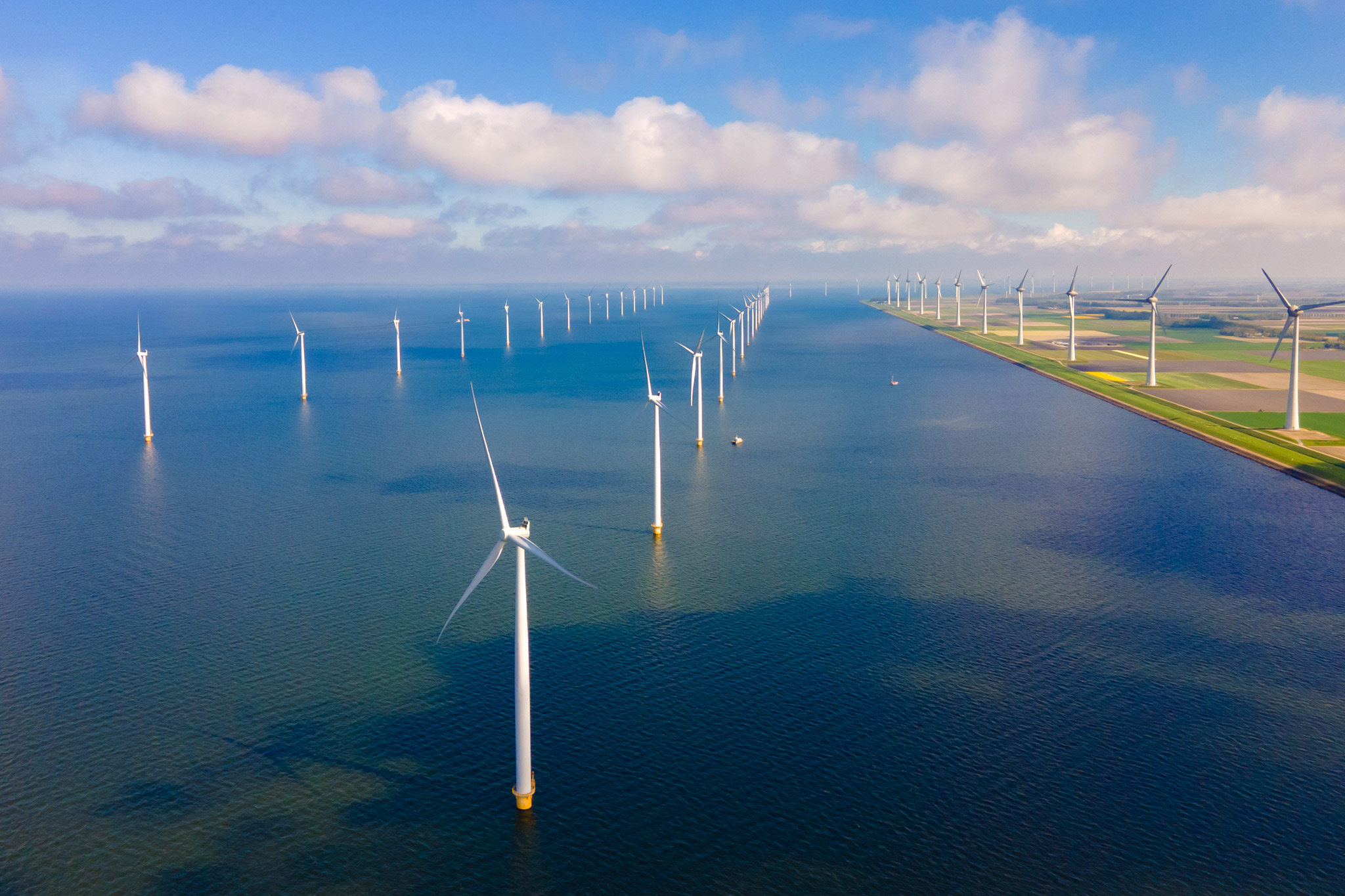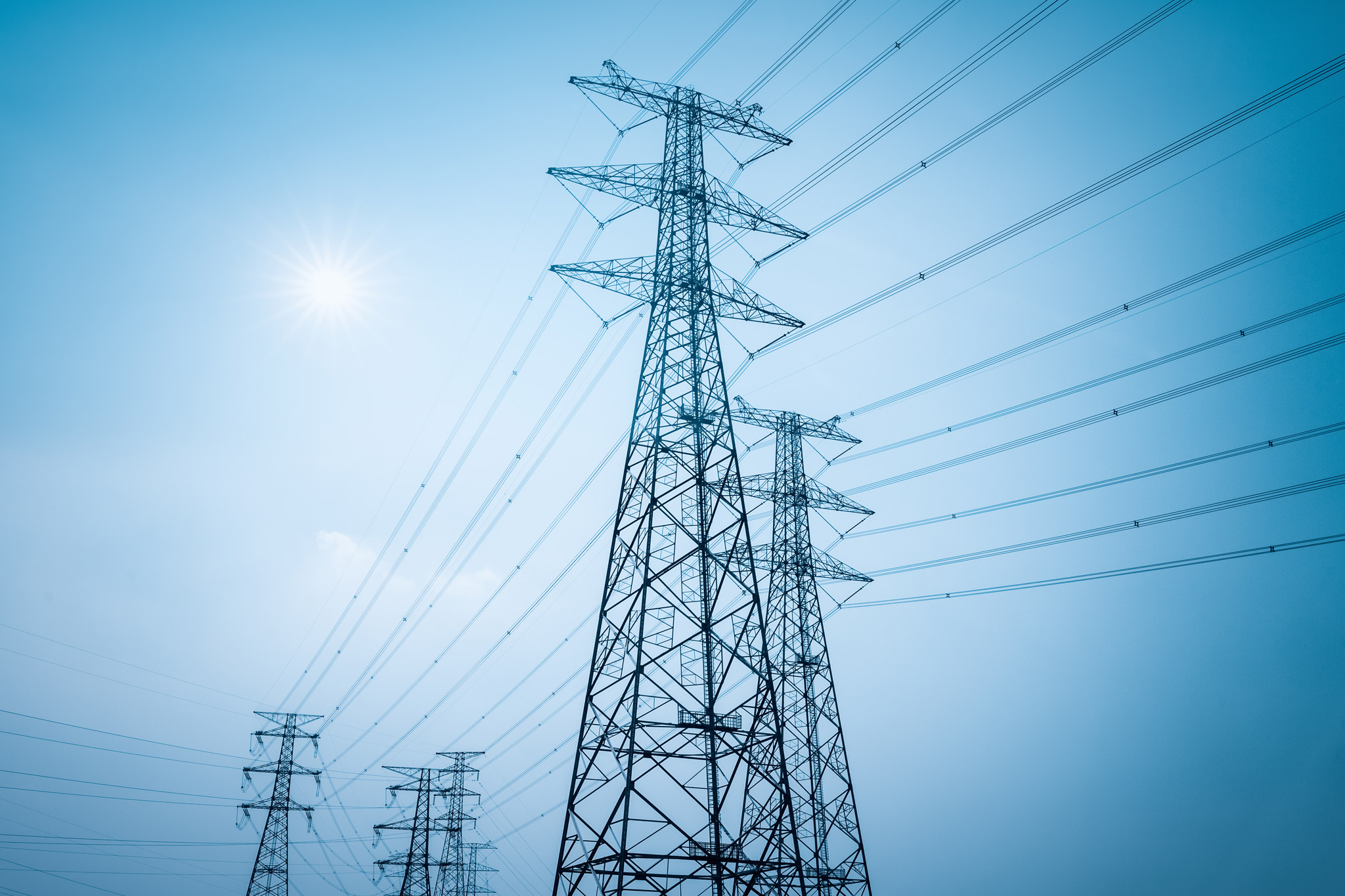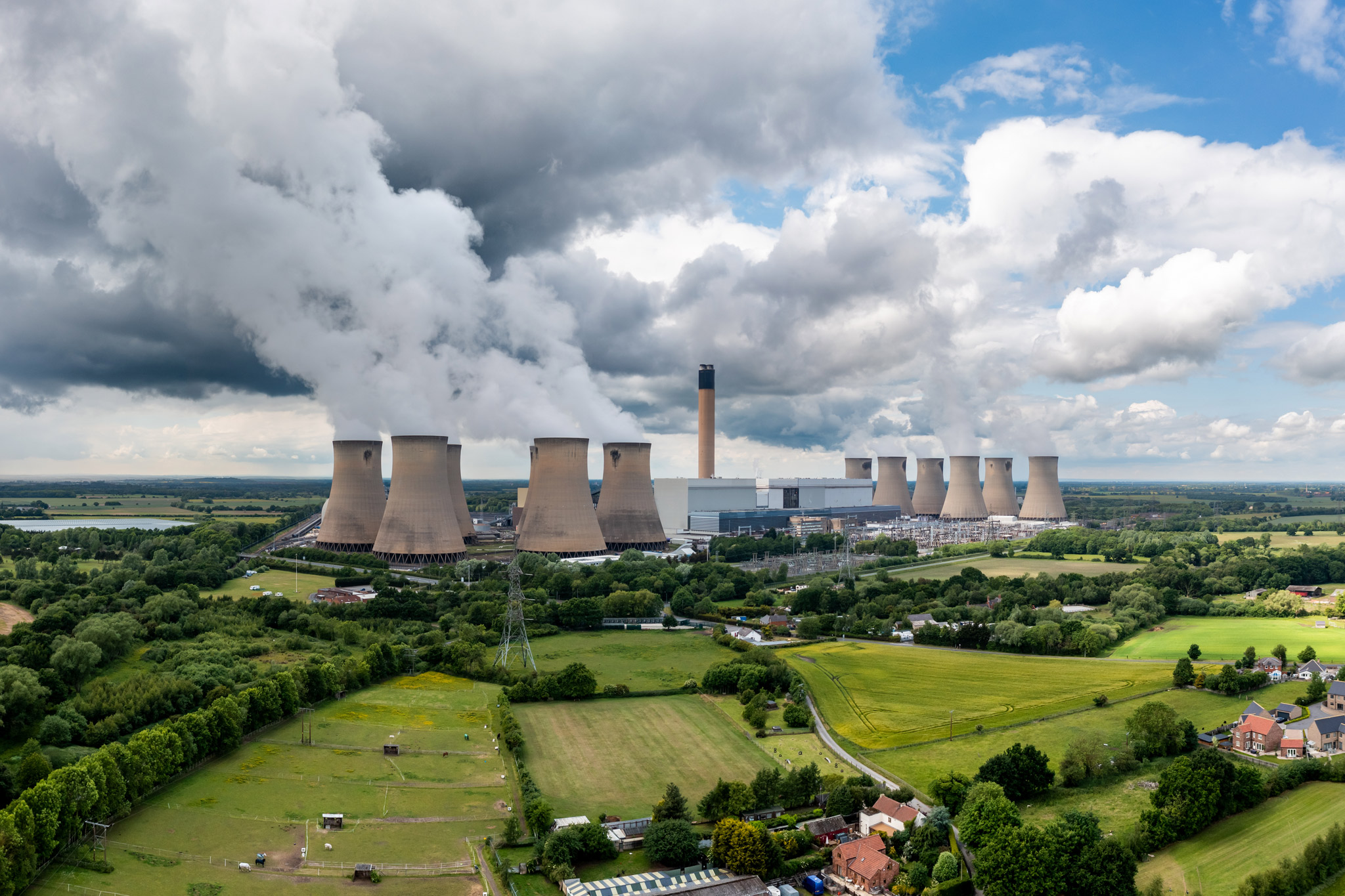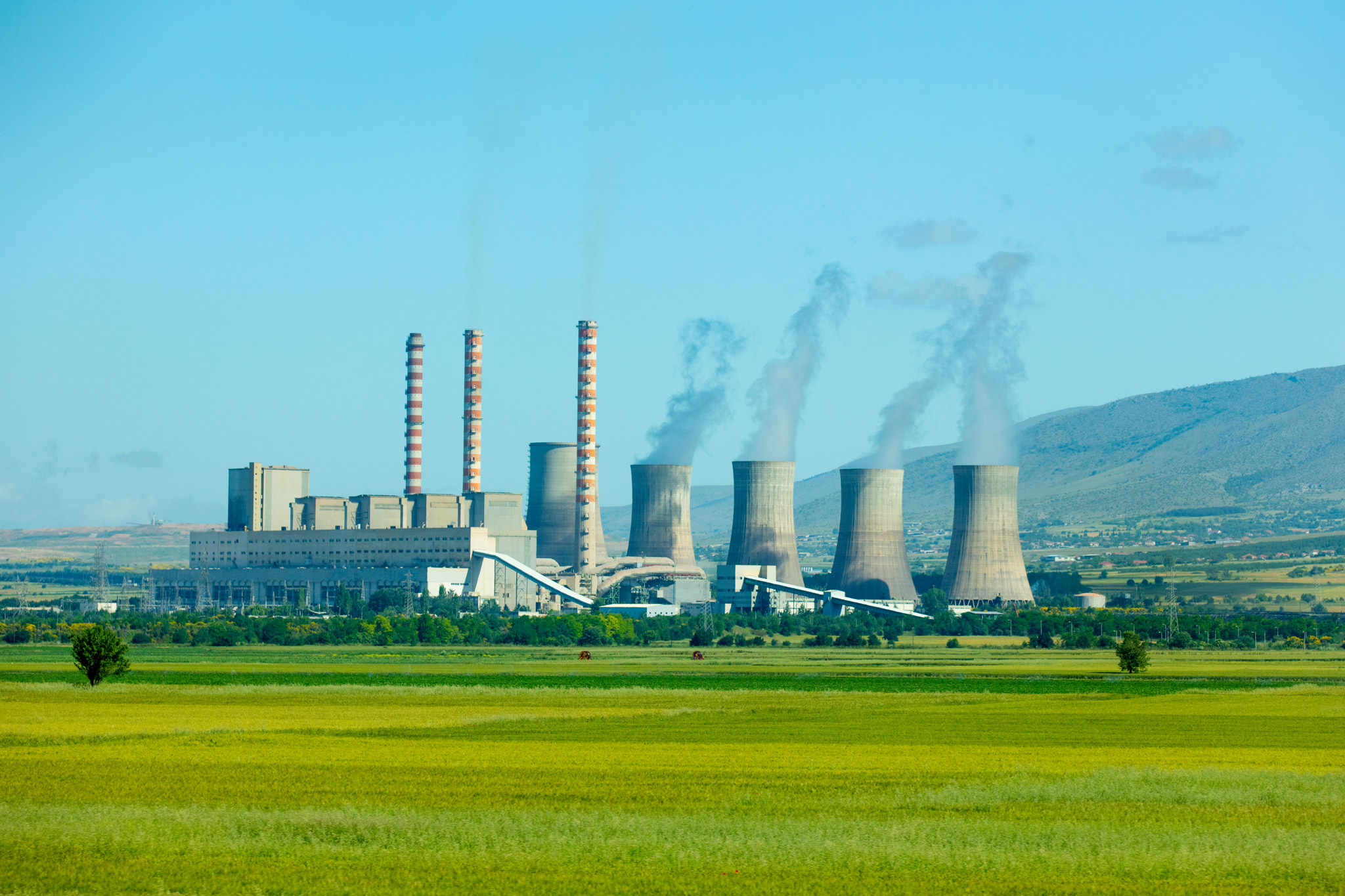Climate-Tech Venture Sectors
Power Generation
Technologies for the power generation sector focus on producing energy in an environmentally sustainable and low-impact manner. These technologies aim to reduce or eliminate the negative environmental effects associated with traditional energy sources, such as hydrocarbons and coal. Notable technologies for such power generation include: photovoltaic cells, solar thermal systems, wind turbines, geothermal power systems, biomass power plants, tidal and ocean systems, as well as fusion and fission plants. In addition, technologies in this sector include those in the supply chain, such as those related to superconductor manufacturing.
Battery Storage
Technologies in the energy storage and related systems (BESS) are focused on storing electrical energy for later use. These systems typically consist of rechargeable battery cells, along with various power conversion and control components. BESS technology provides flexibility in managing the power grid, stabilizing renewable energy sources, and mitigating peak demand. The batteries are charged during periods of low demand or high renewable energy generation and discharged during periods of high demand or low generation. BESS technology plays a crucial role in enhancing grid stability, integrating renewable energy, and enabling more sustainable and resilient energy systems.
Transportation
Clean technologies in the transportation sector are those focused on decreasing greenhouse gas emissions, improving air quality, and creating a more sustainable and environmentally friendly mobility ecosystem. These technologies can encompass a range of innovations, such as: electric vehicles (EVs), hydrogen fuel cell vehicles, development of alternative fuels, shared mobility, as well as planes, trains and ships powered by sustainable fuels and electricity.
Buildings
Technologies in the building sector are focused on significantly reducing energy consumption, reliance on fossil fuels, and carbon emissions compared to conventional buildings. They play a crucial role in the decarbonization of the built environment, which is essential for mitigating climate change and transitioning to a more sustainable future. Clean tech buildings employ a range of strategies and features to achieve these goals, including efficient insulation, advanced heating, ventilation, and air conditioning (HVAC) systems, energy-efficient lighting, smart building automation systems, and the use of renewable energy sources such as solar or wind power. Additionally, this sector includes technologies that incorporate sustainable materials in building construction, have effective waste management systems, and promote water conservation through efficient plumbing fixtures and rainwater harvesting.
Electric Grid
Technologies addressing the electric grid are critical for supporting the transition to a low-carbon economy by facilitating the electrification of various sectors such as transportation and heating, reducing reliance on fossil fuels. These technologies fall into several categories, including transmission, grid management and smart technologies. New transmission technologies that reconductor existing transmission rights of way for greater capacity will allow for more efficient and faster expansion of the grid and offer the potential to minimize energy losses. Technologies such as sensors, communication systems, and advanced control mechanisms can be employed for more efficient, smarter management of the grid. As a further example, demand response technologies deployed within the grid can allow consumers to adjust their electricity consumption based on grid conditions.
Carbon Capture & Accounting
Carbon capture, utilization, and storage (CCUS) technologies refer to a set of technologies and techniques that aim to capture carbon dioxide (CO2) emissions from various sources, such as power plants and industrial facilities, and then either utilize or store the CO2 to prevent it from being released into the atmosphere. The process typically involves capturing the CO2, compressing it, and then either utilizing it in various industrial applications or injecting it underground for long-term storage in geological formations. CCUS is considered a key strategy in mitigating climate change by reducing greenhouse gas emissions.
Renewable Fuels
Renewable energy fuels, also known as renewable fuels or biofuels, are fuels derived from renewable sources, such as plants or organic waste, that can be used to generate energy. Common examples of renewable energy fuels include ethanol made from corn or sugarcane, biodiesel made from vegetable oils, and biogas produced through the decomposition of organic matter. Renewable energy jet fuels, also known as sustainable aviation fuels (SAF), refer to fuels used for powering aircraft that are derived from renewable or sustainable sources. By utilizing sustainable feedstocks and reducing carbon dioxide emissions, these fuels help mitigate climate change and decrease reliance on finite fossil fuel resources. Their adoption will play a crucial role in achieving a more sustainable and environmentally friendly global aviation sector.
Industrial Processes
The decarbonization of industrial processes refers to the efforts to address climate change and reduce greenhouse gas emissions through changes in such processes. Industrial activities are major contributors to carbon dioxide (CO2) emissions. Key technologies addressing this issue include those improving energy efficiency in industrial processes reducing overall energy demand and associated emissions as well as those allowing a shift from direct combustion of fossil fuels to using electricity industrial processes can be a significant strategy. The latter approach is most effective when the electricity is generated from renewable sources. In addition, there are technologies focused on utilizing captured carbon dioxide, such as converting it into valuable products or incorporating it into industrial processes.
Agriculture
The decarbonization of agriculture refers to the process of reducing or eliminating carbon emissions associated with agricultural practices. Agriculture is a significant contributor to greenhouse gas emissions, primarily through the release of carbon dioxide (CO2), methane (CH4), and nitrous oxide (N2O). These emissions come from various sources within the agricultural sector, including livestock, soil management, and energy use. Decarbonizing agriculture is crucial for mitigating climate change and achieving sustainability in food production. Here are some key aspects of the decarbonization of agriculture: developing sustainable practices, such as precision farming and agroecology; improving livestock management, such as altering animal diets and proper handling and treatment of animal waste; reducing nitrous oxide emission through precision application of fertilizers; and carbon sequestration by planting cover crops and integrating trees into agricultural landscapes.
Green Fintech
Green fintech refers to the use of financial technology to promote sustainability, reduce environmental impact, and support the transition to a green economy. Examples of some key technologies in the green fintech categories include the following:
- Fintech platforms simplifying access to green loans and financing for individuals and businesses for energy-efficient home improvements, electric vehicles, and sustainable business practices.
- Insurtech platforms leveraging technology to assess and manage climate-related risks. This includes using data analytics, satellite imagery, and modeling to evaluate the impact of climate events on insurance portfolios.
- Blockchain technology can be utilized to create transparent and immutable records of carbon credits, ensuring the integrity of carbon offset projects and making it easier for companies to participate in carbon markets and track their emissions reductions.









